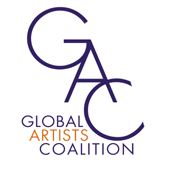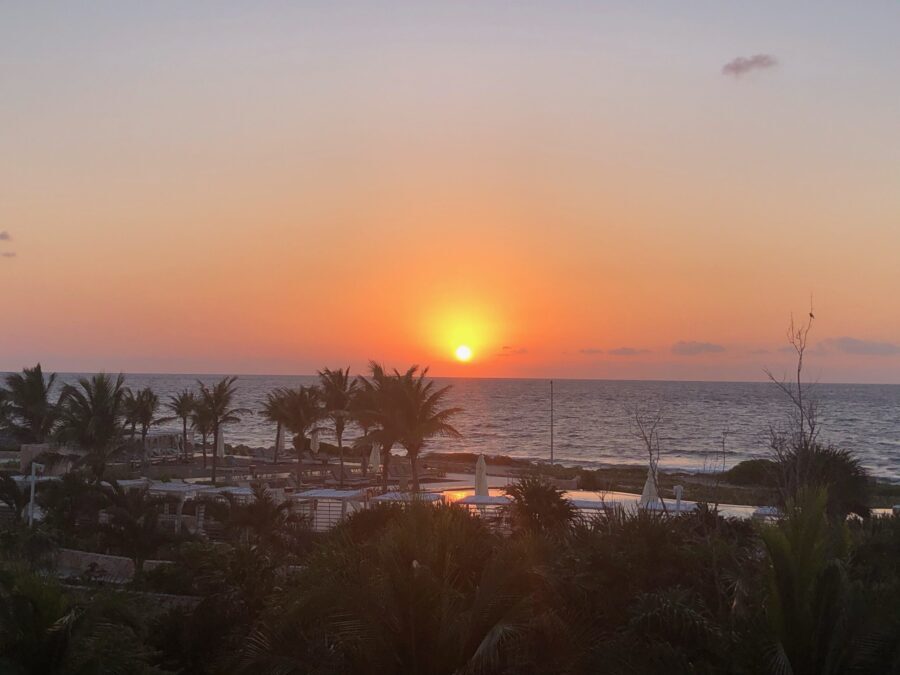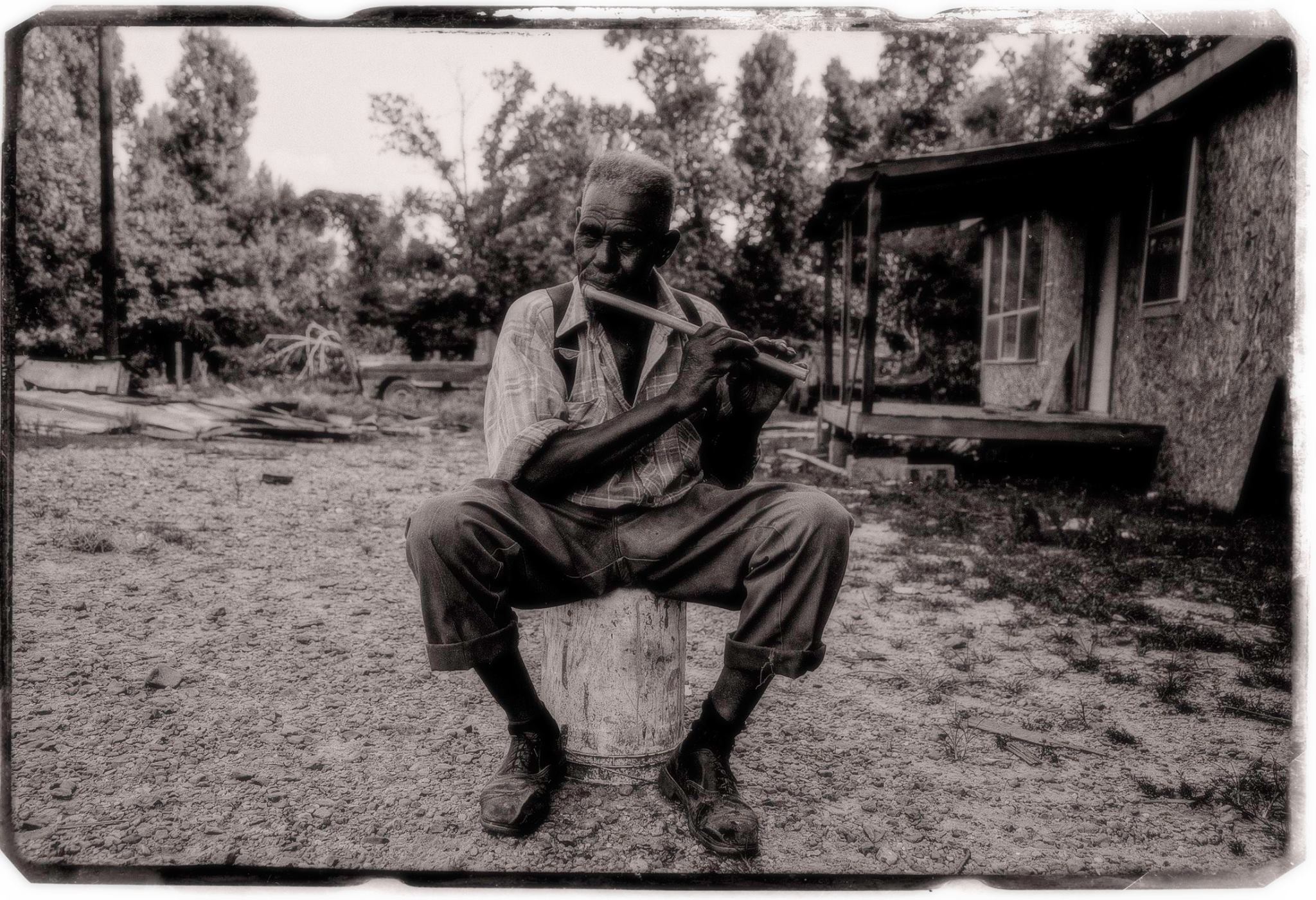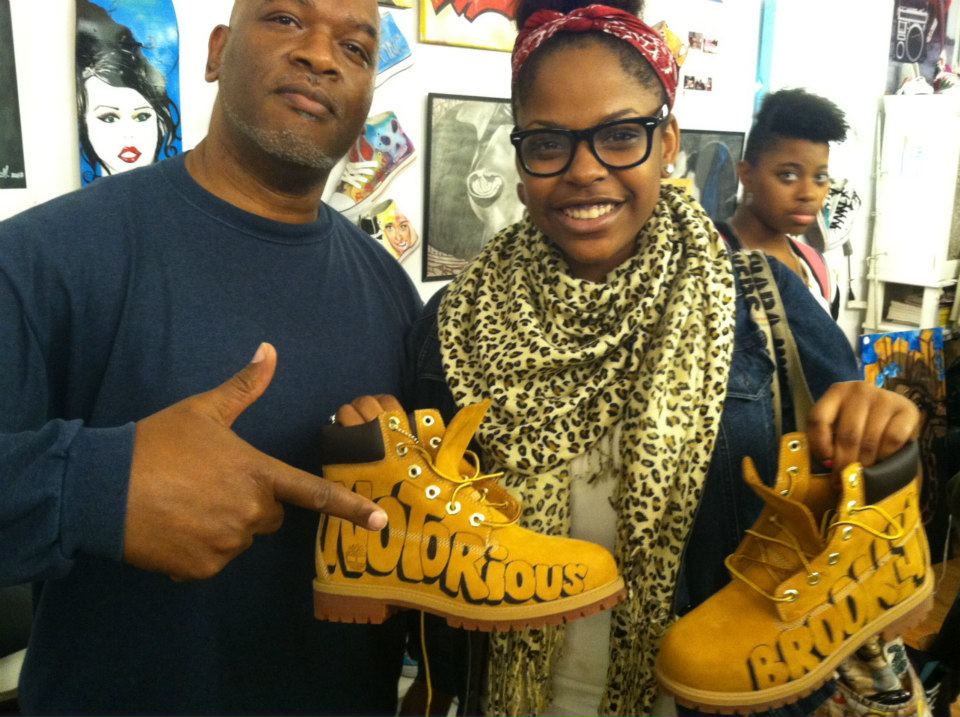THE WORLD’S MOST AMAZING FLAG ART AND THE STORIES BEHIND THEM
Did you know the current 50-star flag of United States was designed by a 17 year-old for a high school class project?
Vexillography is the art of designing flags, the word a synthesis of the Latin word vexillum or “flag” and the Greek suffix -logia or “study”. Flags considered perfect in design are simple, meaningful and easily recognizable and have been flying over countries and causes for thousands of years.
Historically, flags first appeared in Ancient Egypt as a rallying point for troops in the heat of battle. Roman armies organized under flag banners and later the armies of Europe – the first use of the commander’s coat of arms during the High Middle Ages.
Celebrations of ethnic and national identity, sports fanaticism and religious fervor have also lead to more pernicious outcomes like discrimination, political upheaval, violent overthrows and civil war.
By no means is this the definitive list. But on a personal level we hope these amazing flags inspire the next generation of artists to try their hand at designing flags for next great country or cause.
14. THE JOLLY ROGER
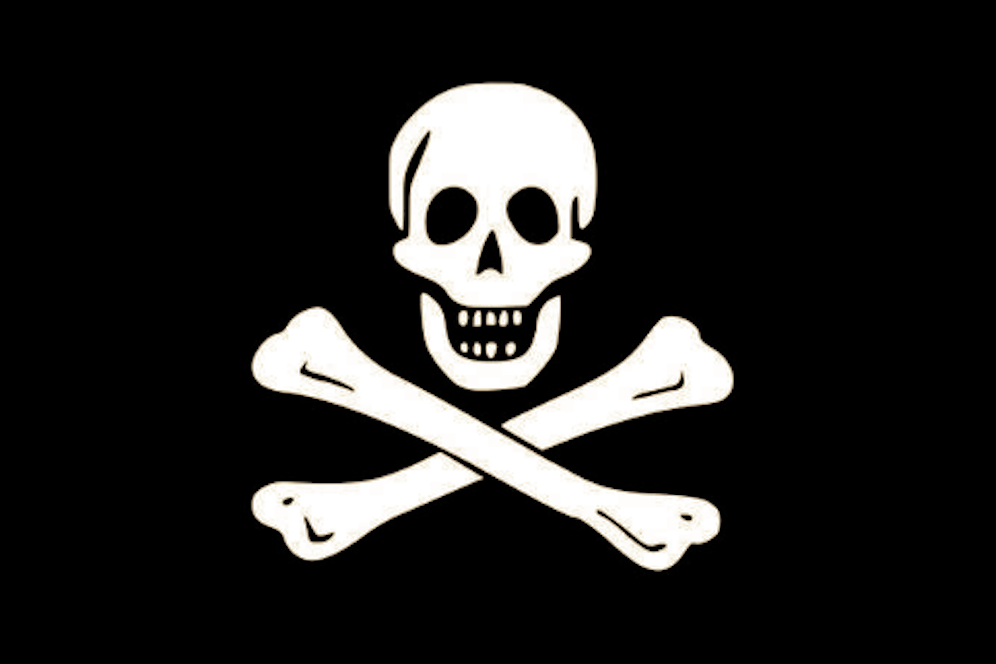
The Jolly Roger was the traditional English name for the skull and crossbones used by pirates to warn vessels that an attack was imminent.
Emanuel Wynn, a French pirate captain, is often credited as the first pirate to use the Jolly Roger flag, which also included an hourglass symbol under the skull and crossbones. Presumingly, the hourglass symbol was to let the besieged vessel know that their time was up.
The inspiration for the Jolly Roger was believed to borrow from the flag design of the Barbary pirates, also known as Ottoman corsairs, would navigated under a green flag with a skull symbol.
“The term ‘false flag’ originally referred to pirate ships that flew the home flags of the ships they were about to attack, preventing victims from fleeing or preparing for battle.
Though it cannot be confirmed, the black background is believed to originate from the Muslim black banner flown by Muhammad in Islamic tradition.
13. THE BLACK STANDARD
One of the first known flags is the Black Standard or Black Banner flown by the Prophet Muhammad and reintroduced by jihadists in the 1990s.

The headline reads: “There is no god but Allah” the declaration of faith among its followers.
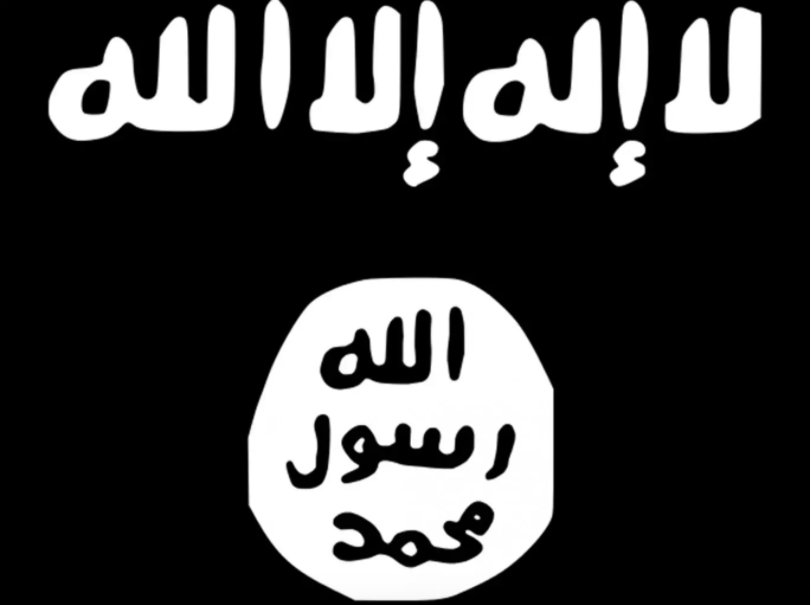
The white circle emblazoned with black writing reads: “Mohammed is the messenger of God” and is designed to replicate the official seal of the Prophet.
Since the 1990s, the jihadist flag has come to symbolize the Islamic fundamentalist movement and all of its violent manifestations.

12. “DON’T TREAD ON ME”
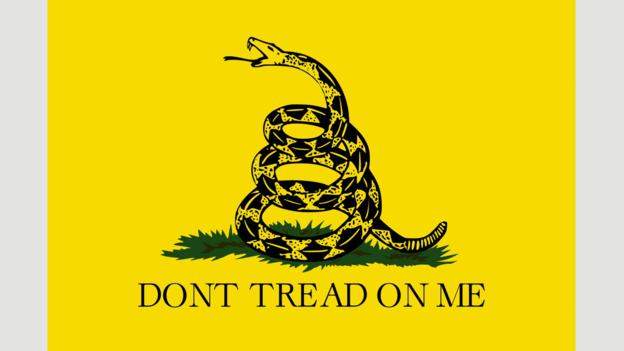
Designed in 1775, the Gadsden flag also known as “DONT TREAD ON ME, is named after the American general and politician Christopher Gadsden and used by the Continental Marines during the American Revolution.
Its use as a symbol of the American colonies can be traced to the writings of Benjamin Franklin.
Franklin made reference to the rattlesnake in a satirical commentary published in his Pennsylvania Gazette, writing: “since it was the policy of Great Britain to send convicted criminals to the Americas, the colonists should thank the British by sending rattlesnakes to England.”
The Gadsden flag has become a favorite among Tea Party enthusiasts, Second Amendment zealots, Christians Fundamentalists and other extremists groups who get riled up by the notion of government overreach.
11. F.C. BARCELONA
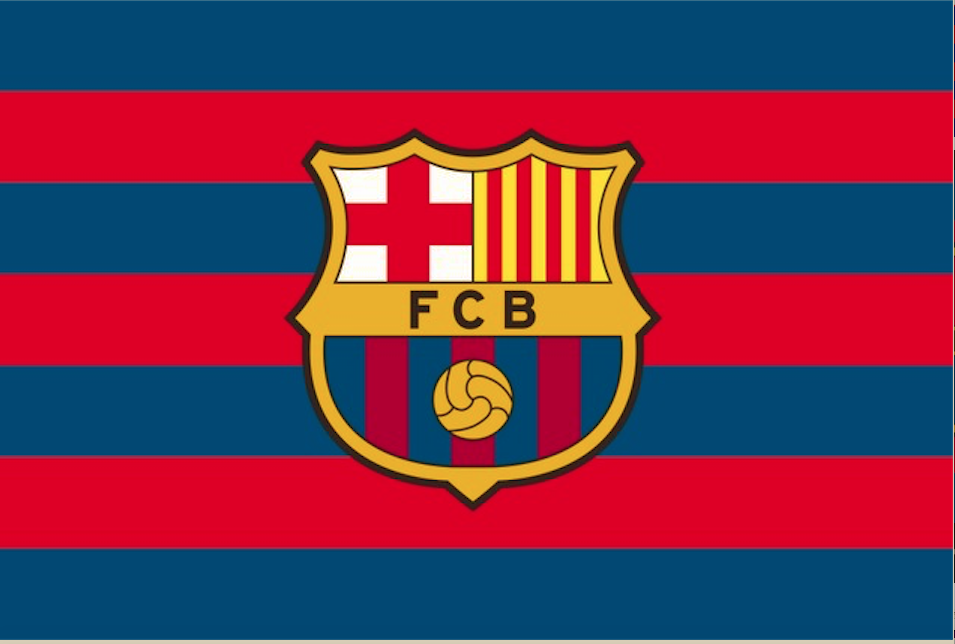
Flying the flag of FC Barcelona during the Spanish Civil War could have cost you your life.
The president of the FC Barcelona, Josep Suñol, a well-respected Catalan nationalist, learned this lesson the hard way when on August 6, 1936 his car entered a zone controlled by Franco’s troops in Sierra de Guadarrama, while unwittingly displaying the Catalan flag. Suñol was identified and arrested, and without trial, he and his colleagues were shot dead on the spot.
10. The Catalan Flag

Featured prominently in the FC Barcelona flag, the symbol of the separatist movement in Catalonia represents their desire to gain independence from the rest of Spain. The flag dates back to the War of the Spanish Succession when Catalonia lost much of its autonomy.
In 2017, the Spanish government in Madrid stripped Catalonia of its autonomy after the Catalan parliament voted to declare independence.
Catalan President Carles Puigdemont, fled to Belgium when Spain issued a warrant for his arrest on serious sedition charges.
9. THE IRISH TRI-COLOR

Though the Irish Tri-Color flag was made famous by the 1916 Easter Rising that left 485 Irish and British dead,
it was Thomas Francis Meagher, the leader of the Young Irelanders, who first flew the flag publicly in Waterford City 1848.
Inspired by the revolutions spreading across Europe, Meagher and a contingent of Young Irelanders traveled to France to congratulate the rebels on their overthrow of King Louis Philippe I. There, the Young Irelanders were presented with the Irish tricolor flag woven from French silk.
Upon returning to Ireland, Meagher presented the new flag to the public, declaring the symbolism behind the three colors: “The white in the center signifies a lasting truce between the orange and the green,” he declared.”
The green symbolizes Roman Catholics, the orange representing the minority Protestants who were supporters of William of Orange, the leader who defeated King James II and his predominantly Irish Catholic army at the Battle of the Boyne in 1690.
Thomas Francis Meagher would go down in American history as Brigadier General Thomas Francis Meagher of the Union Army of the American Civil War who helped form the 69th New York Infantry Regiment made up mostly of Irish immigrants.
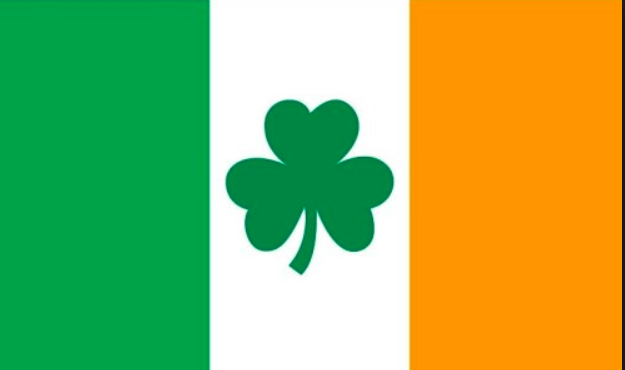
The shamrock version celebrates the millions of Irish that left their homeland for America with the hope of a better life. Irish immigrants are celebrated on March 17, a day that commemorates Saint Patrick and the arrival of Christianity in Ireland, and the heritage and culture of the Irish in general over parades and pints of beer.
8. THE CONFEDERATE FLAG
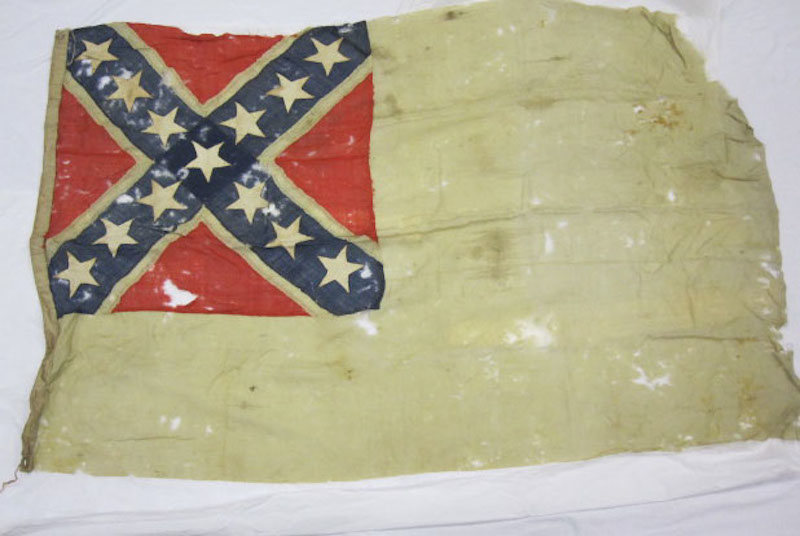
Designed by the Confederate politician William Porcher Miles, what is now known as the “Confederate Flag” was originally the “Battle Flag of Northern Virginia.”
The battle flag of the Army of Northern Virginia was officially adopted on May 1, 1863 as the flag of the Confederacy.
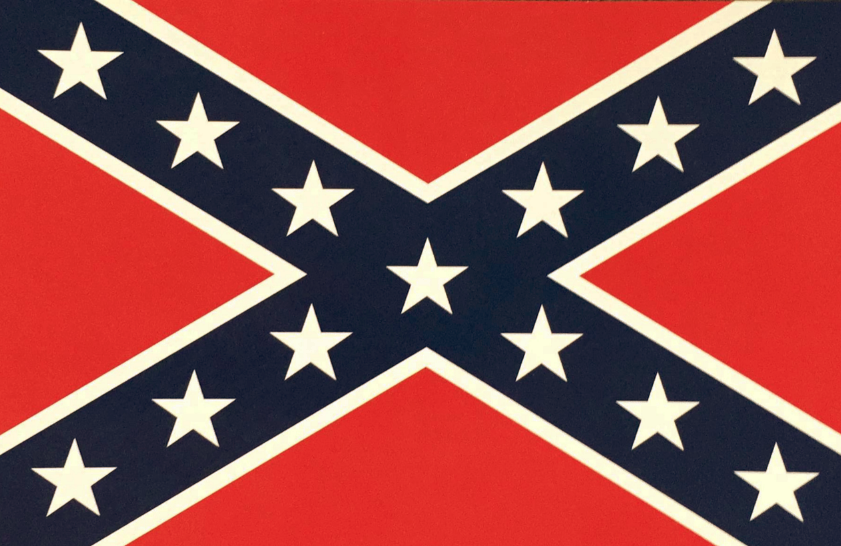
In 1948, Strom Thurmond’s States’ Rights Party adopted the Battle Flag of Northern Virginia as the symbol of opposition to the enforcement of civil rights laws in the Southern United States.
Sentiments against the flag spiked in 2016 with the mass shooting nine parishioners at a Black church in Charleston, South Carolina. The accused murderer, Dylann Roof, was an avowed racist who had photographed himself with the Confederate flag.
In a show of contrition, South Carolina removed the flag from the capitol grounds along with mainstream retailers like Walmart and Amazon that stopped selling Confederate flag.
7.THE AFRICAN-AMERICAN FLAG
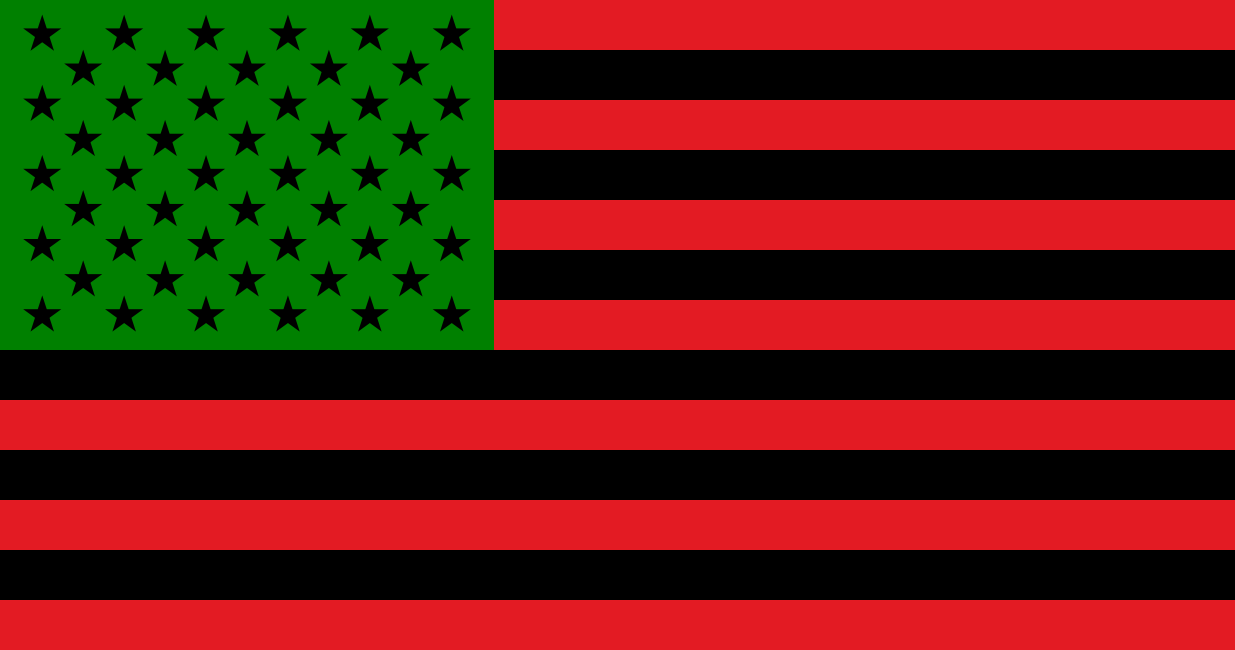
Inspired by two disparate symbols: The U.S. flag and the Pan-African flag adopted by Marcus Garvey’s Universal Negro Improvement Association (UNIA) and African Communities League in 1920.
The flag art by David Hammons reflects his commitment to the civil rights and Black Power movements and to exposing the mixed messages found in America’s tainted racial history.
Hammons’s hybrid flag flies out front of the Studio Museum in Harlem is a part of the permanent collection of New York’s Museum of Modern Art.
6. THE U.S. ISLAND OF PUERTO RICO

The flag symbolized the ideals of the Independence leader Ramon Emeterio Betances and the members of of El Grito de Lares revolution at a time when Spain’s colonial oppression had reached its speak in 1868.
The flag was first flown in March 24, 1897, during a revolt in the town of Yauco known as the “Intentona de Yauco“. This was the second and last revolt against the colonial rule of Spain. The flag of the Republic of Puerto Rico was proclaimed by the island’s first president, Francisco Ramirez Medina, on July 25, 1952.
The original symbolism of the Puerto Rican Flag included: the color red – representing the blood from the brave warriors of the revolution, white – for victory and peace after obtaining independence and the blue triangle– for the sky and sea and the White Lone Star of ‘Our beautiful Island’.
If you visit the Island you will find the flag flown almost everywhere; from clothing to jewelry to graffiti art.
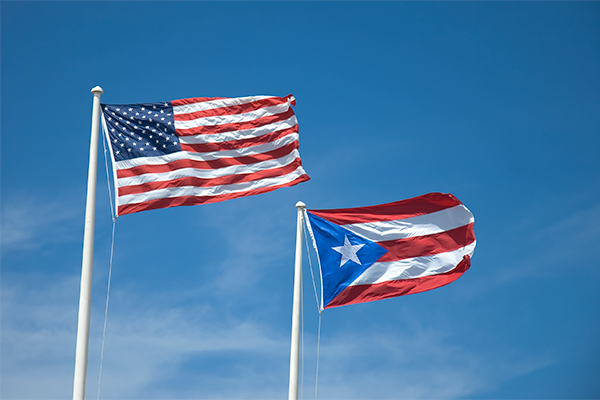
From the day Puerto Rico was annexed by the United States on December 10, 1898 until 1952, the flag of the United States was the only flag permitted to be displayed. It was a felony for Puerto Rican’s to fly their flag publicly.
Criminalizing the display of the Puerto Rican flag had an unintended effect on the islands’ inhabitants, as it helped flame the burning passion and commitment to cultural identity that continues to this day.
The parade that celebrates Puerto Rican pride in New York City is one of the largest cultural pride demonstrations in the United States and the world. Hundreds of thousands of Americans of Puerto Rican descent come to NYC to celebrate, covering the streets in a sea of flags.
5. THE AMERICAN FLAG

Francis Hopkinson designed the first official American flag in 1777. A naval flag designer, Hopkinson also designed Continental paper money, the first U.S. coin and was one of the signers of the Declaration of Independence in July 1776, as a delegate from New Jersey.
The Sons of Liberty, the secret society formed to protect the rights of American colonists and to fight taxation by the British, adopted the flag in 1767.
The current 50-Star flag was designed by Robert G. Heft, a 17 year-old, from Saginaw, Michigan for a high school class project
who received a B- for his flag art, but was later changed to an A when the flag was adopted officially.
4. THE FLAG OF THE ISLE OF MAN
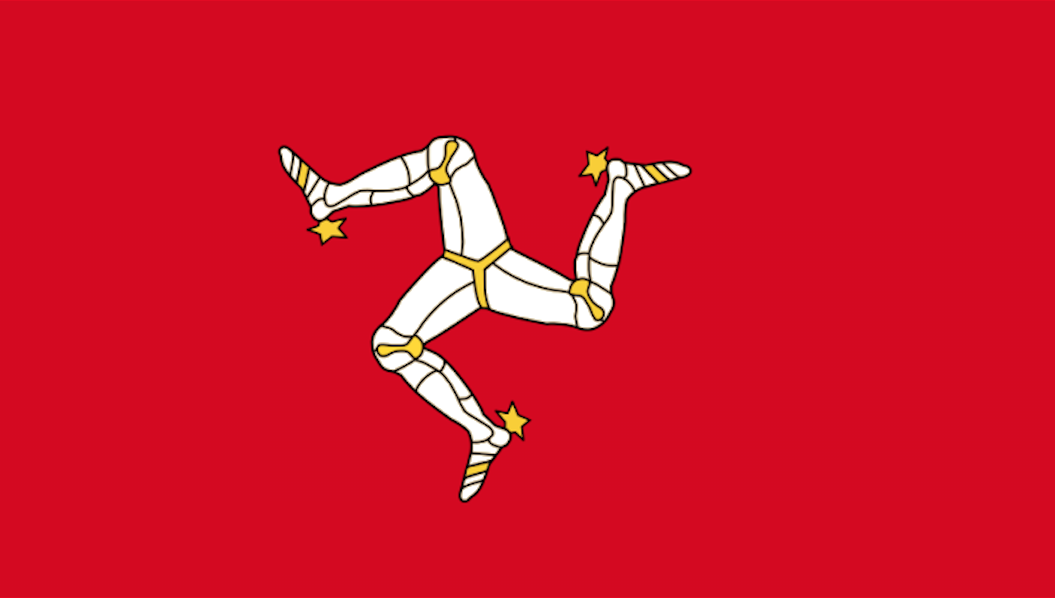
The flag of the Isle of Man composed of three armored legs with golden spurs has been the official flag of Mann since 1 December 1932 based on the Manx coat of arms that dates back to the 13th century.
The three legs are known in Manx as ny tree cassyn (“the three legs”). The triskelion is an ancient symbol, used by the Mycenaeans and the Lycians. It is not known why the symbol was originally adopted on the Isle of Man.
3. THE BATTLE FLAG OF BENIN
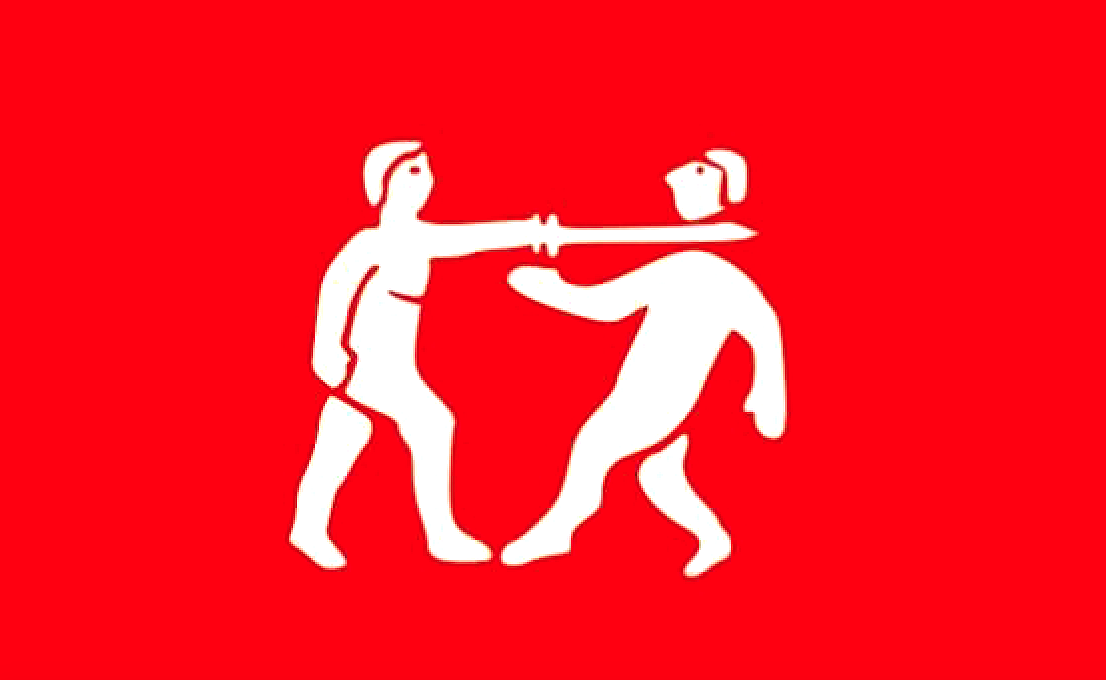
Believed to be the war flag of the Benin Army.
The flag was allegedly brought back to Britain by Admiral F.W Kennedy, along with other stolen artifacts following the Battle of Ologbo, a massacre that occurred during the 1897 Punitive Expedition.
2. THE REPUBLIC OF TAIWAN
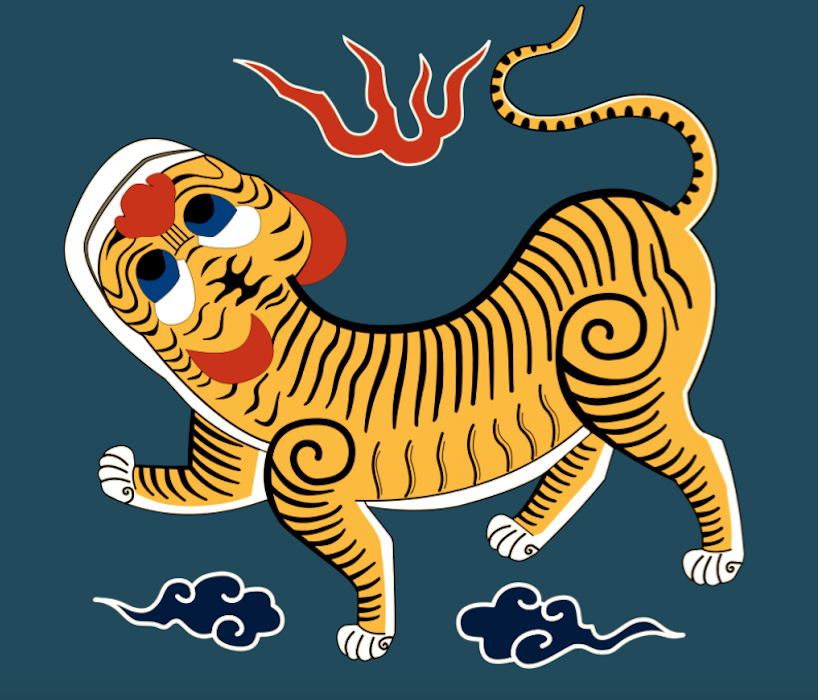
The short-lived republic began when the Chinese left the island in May,1895 and ended when the Japanese soldiers arrived in October, 1896.
The republic was created by a group of high officials and local people who still supported the Qing and that also wanted to prevent the Japanese takeover of Taiwan.
The first president of the Republic of Taiwan was the old governor, Tang Ching-sung, who served from May 25, 1895 to June 5, 1895. The second president was Liu Yung-fu, June 5, 1895 to October 21, 1896.
When the Japanese soldiers invaded Taiwan, they quickly defeated the new republic and most of the Republic’s officials fled the island.
1. THE FLAG OF FRENCH SUDAN
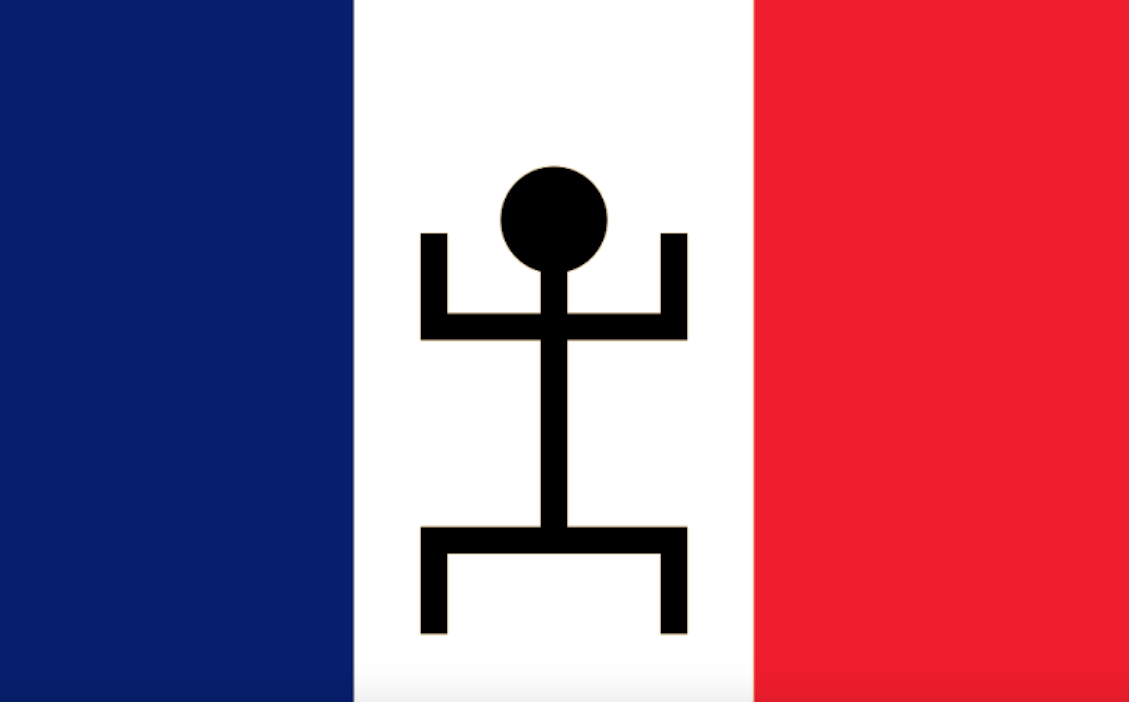
The flag of French Sudan, now known as Mali, incorporated the French Tri-Colors flown by French colonies and the simple yet intriguing black stick figure known as the kanaga of the Dogon people.
The Dogon are believed to be of Egyptian decent with astronomical knowledge that dates back thousands of years to 3200 BC. The mystery of their ancient origins can be found in their accurate description of the star Sirius B, a star unknown to scientists until photographed in 1970.
When the colony gained its freedom from France in 1958, the new independent Mali Federation changed the national colors to green, yellow and red but still retained the stick figure symbol.

Dogon stories describe a race of people from the Sirius system called the Nommos, a people that also appear in Babylonian, Accadian and Sumerian text. Dogon legends says that the Nommos furnished the Dogon with interesting information about our own solar system.
The Kanaga mask is a representation of the Kanaga constellation. The “H” symbol appearance has been cited as occurring in other ancient civilizations as the identification of Orion’s belt.
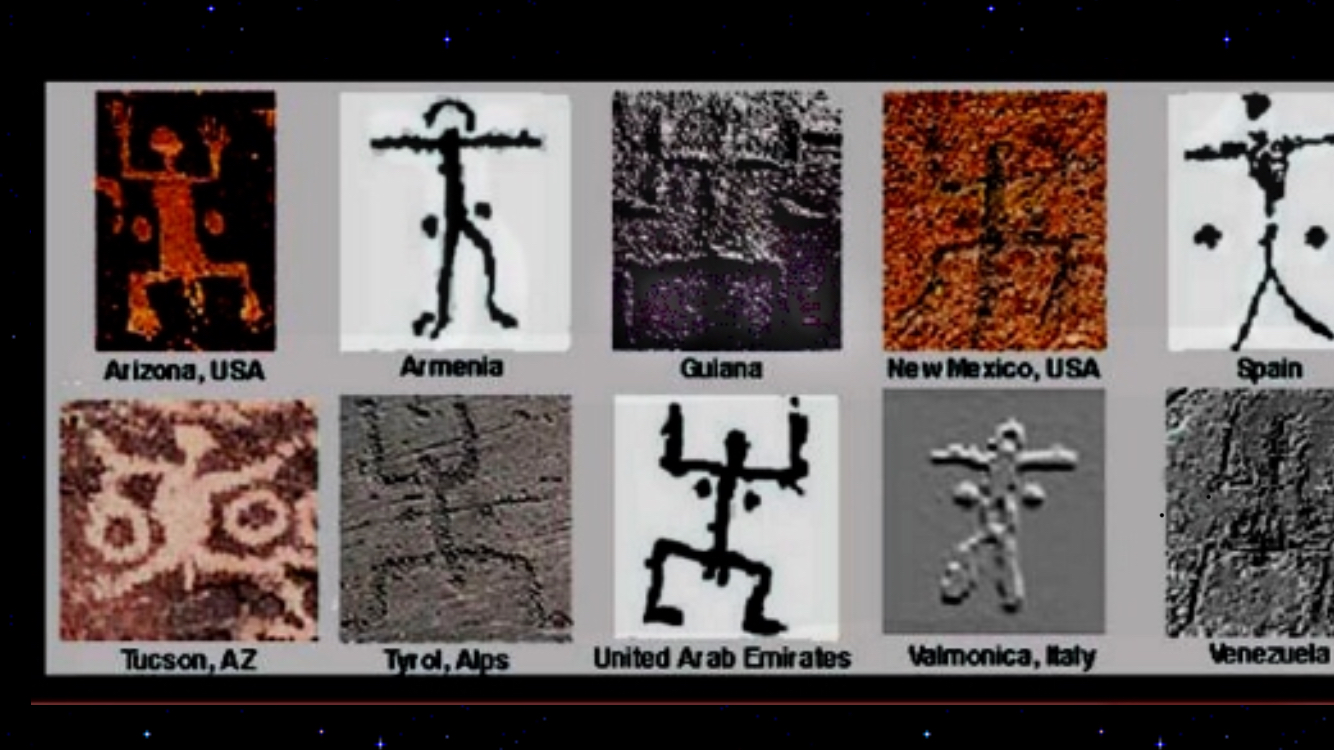
The Dogon, like other ancient civilizations, are said to have used Orion’s belt as a cosmic signpost to their ancestor from a star called the Sigui Star. Evidence of the celebration of the Sigui star is provided in the large wooden masks and the Sigui ceremony performed by the Dogon.
The superstructure above the face identifies this mask as a kanaga: a double-barred cross with short vertical elements projecting from the ends of the horizontal bars.
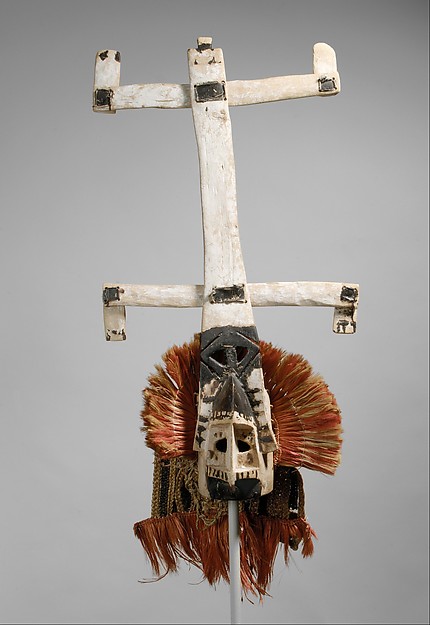
Keeping with strongly held religious convictions of this majority Muslim nation, the Kanaga stick figure was removed from the national flag of Mali on March 1, 1961.
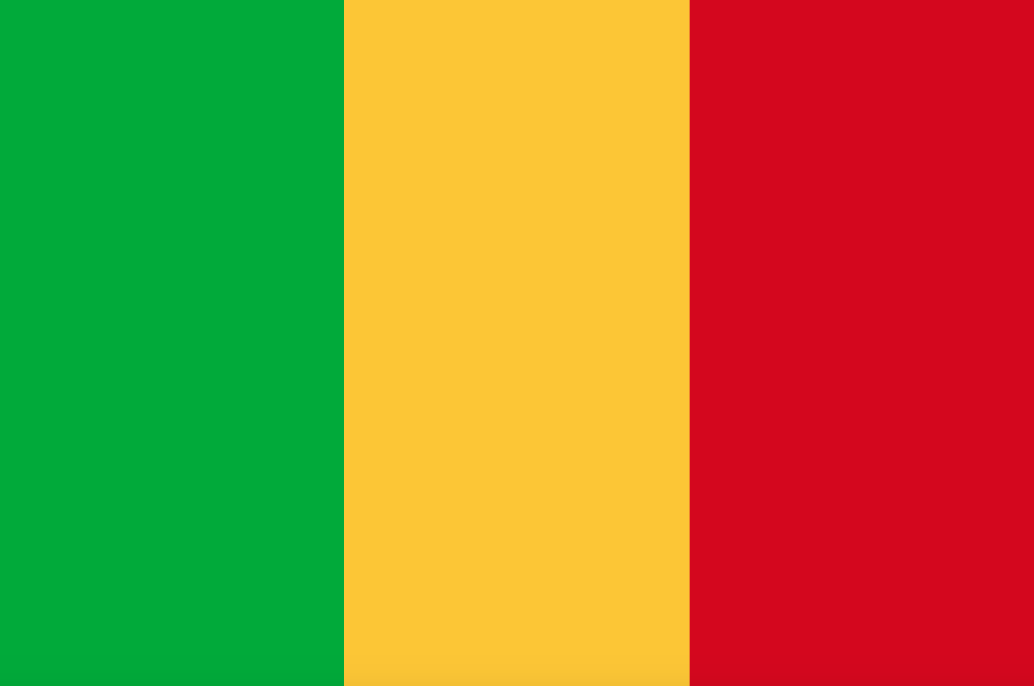
Other Resources:
https://en.wikipedia.org/wiki/National_flag
https://en.wikipedia.org/wiki/Military_colours,_standards_and_guidons
https://en.wikipedia.org/wiki/Black_Standard
https://en.wikipedia.org/wiki/Jolly_Roger
https://www.thevintagenews.com/2016/11/27/skull-and-crossbones-the-history-of-the-jolly-roger-flag/
https://www.pbs.org/newshour/politics/8-things-didnt-know-confederate-flag
http://theweek.com/articles/562004/surprisingly-uncomplicated-racist-history-confederate-flag
https://www.atlasobscura.com/articles/the-lesser-known-history-of-the-confederate-flag
http://spanish-trails.com/barcelona-flags/
https://www.fcbarcelona.com/club/history/card/josep-sunol-1935-1936
https://en.wikipedia.org/wiki/Pan-African_flag
https://en.wikipedia.org/wiki/Flag_of_Ireland
https://www.patriotwood.com/blogs/news/17779417-the-meaning-of-the-irish-flag-s-colors
https://www.irishcentral.com/roots/history/do-you-know-the-story-behind-the-irish-flag
https://www.irishcentral.com/roots/history/do-you-know-the-story-behind-the-irish-flag
https://www.irishcentral.com/roots/genealogy/irish-soldiers-in-the-civil-war
https://en.wikipedia.org/wiki/Flag_of_the_United_States
https://en.wikipedia.org/wiki/Francis_Hopkinson
https://en.wikipedia.org/wiki/Sons_of_Liberty
https://en.wikipedia.org/wiki/Gadsden_flag
https://en.wikipedia.org/wiki/False_flag
https://en.wikipedia.org/wiki/Flag_of_the_Isle_of_Man
https://en.wikipedia.org/wiki/Flag_of_French_Sudan
https://www.khanacademy.org/humanities/art-africa/west-africa/mali1/a/mask-kanaga-dogon-peoples
https://en.wikipedia.org/wiki/Flag_of_the_Benin_Empire
